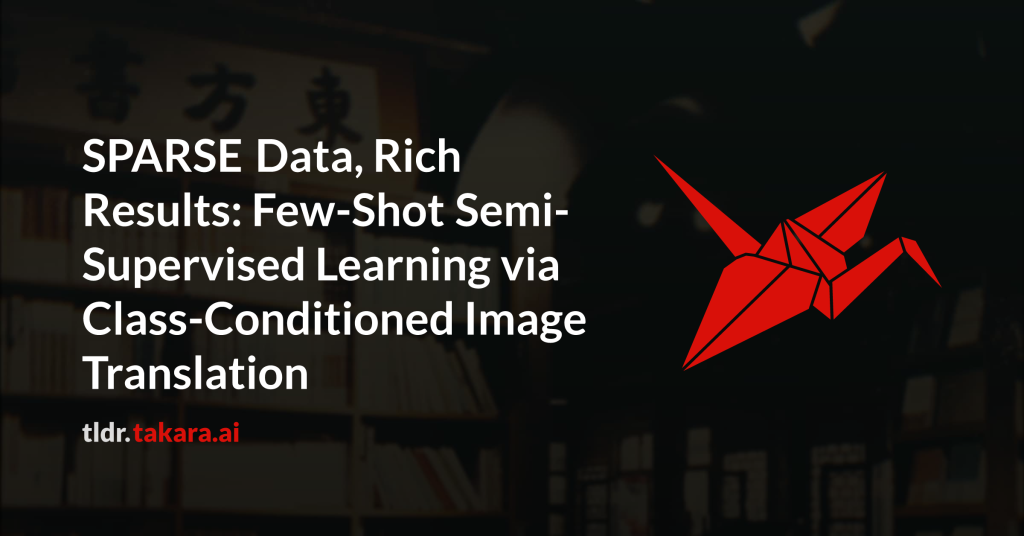Deep learning has revolutionized medical imaging, but its effectiveness is
severely limited by insufficient labeled training data. This paper introduces a
novel GAN-based semi-supervised learning framework specifically designed for
low labeled-data regimes, evaluated across settings with 5 to 50 labeled
samples per class. Our approach integrates three specialized neural networks —
a generator for class-conditioned image translation, a discriminator for
authenticity assessment and classification, and a dedicated classifier —
within a three-phase training framework. The method alternates between
supervised training on limited labeled data and unsupervised learning that
leverages abundant unlabeled images through image-to-image translation rather
than generation from noise. We employ ensemble-based pseudo-labeling that
combines confidence-weighted predictions from the discriminator and classifier
with temporal consistency through exponential moving averaging, enabling
reliable label estimation for unlabeled data. Comprehensive evaluation across
eleven MedMNIST datasets demonstrates that our approach achieves statistically
significant improvements over six state-of-the-art GAN-based semi-supervised
methods, with particularly strong performance in the extreme 5-shot setting
where the scarcity of labeled data is most challenging. The framework maintains
its superiority across all evaluated settings (5, 10, 20, and 50 shots per
class). Our approach offers a practical solution for medical imaging
applications where annotation costs are prohibitive, enabling robust
classification performance even with minimal labeled data. Code is available at
https://github.com/GuidoManni/SPARSE.

